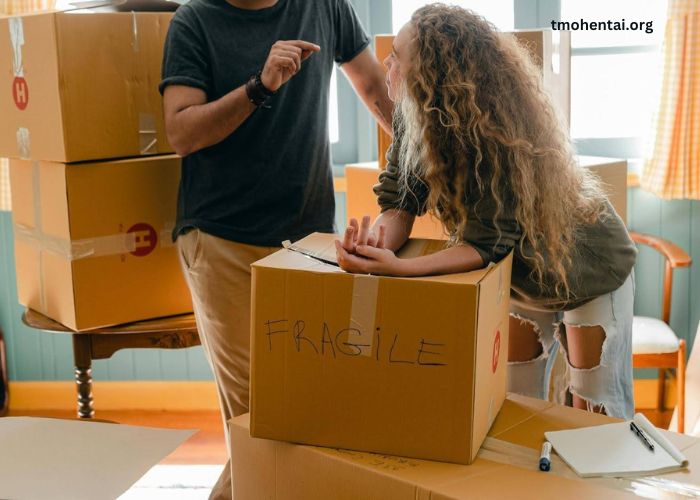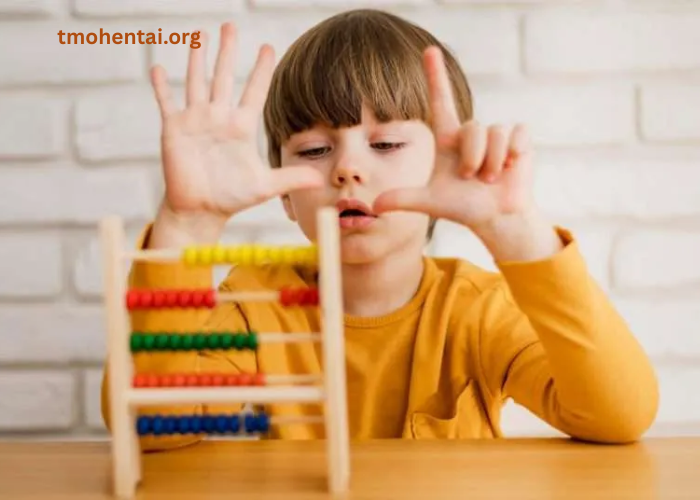Moving to a new home rank among life’s most stressful experiences, and nothing adds to that stress quite like unpacking cherished items only to find them damaged. From family heirlooms to expensive electronics, protecting your fragile possessions requires careful planning and execution. This comprehensive guide will walk you through proven strategies to ensure your delicate items survive the journey intact.
Start with a Proper Inventory
Before packing begins, create a detailed inventory of your fragile possessions. Photograph each item from multiple angles, noting any existing damage. This documentation serves two purposes: it helps with insurance claims if necessary and ensures you don’t overlook anything during the unpacking process. Group similar items together on your list to streamline the packing process.
Gather Quality Packing Materials
The foundation of protection lies in using the right materials. Invest in:
- Sturdy boxes in various sizes
- Bubble wrap (small and large bubble varieties)
- Packing paper (unprinted is best)
- Foam padding and corner protectors
- Packing peanuts or air pillows
- Quality packing tape
- Marker pens for labelling
While it might be tempting to save money with newspapers, the ink can transfer to your items. Clean packing paper prevents this risk and provides better protection.
Master the Art of Box Selection
Choose boxes appropriate for your items. Heavier objects require smaller boxes to prevent overloading, while lighter, fragile items can go in larger containers with ample cushioning. Double-wall boxes offer extra protection for especially delicate pieces. When possible, use specialty boxes designed for specific items like glasses, dishes, or artwork.
The Layer Principle
The secret to protecting fragile items lies in creating layers. Start with cushioning at the bottom of each box—at least 2-3 inches of crumpled packing paper or bubble wrap. After placing wrapped items inside, fill all empty spaces with additional cushioning. Finish with another protective layer on top before sealing.
Many professional services like Butler’s Removals & Storage recommend the “no movement” test: once packed, gently shake the box. If you hear or feel movement, add more cushioning material until the contents remain stable.
Wrapping Techniques Matter
Different items require different wrapping approaches:
- For glassware and ceramics: Wrap each piece individually, starting from a corner of the packing paper and rolling diagonally. Tuck in the sides as you roll, creating a secure package. Add extra paper to handles and stems.
- For electronics: Remove batteries and secure loose components. Wrap in anti-static bubble wrap, avoiding regular plastic which can create damaging static electricity.
- For artwork and mirrors: Use corner protectors and wrap in bubble wrap. Consider custom crates for valuable pieces.
- For lamps: Remove bulbs and shades, wrapping each component separately. Protect the base with several layers of bubble wrap.
Strategic Box Packing
How you arrange items within boxes matters tremendously. Place heavier, less fragile items at the bottom and lighter, more delicate ones on top. Never overpack boxes—leaving some space for cushioning materials is essential for protection.
Clear Labelling Systems
Mark boxes containing fragile items on all sides with bold “FRAGILE” labels. Additionally, indicate which side should face up with arrows. Colour-coding boxes by room and fragility level help both movers and you handle each container appropriately during the moving process.
Moving Day Management
On a moving day, communicate clearly with your movers about which boxes require special handling. Load fragile items last so they’re first off the truck, minimising handling time. Consider transporting irreplaceable valuables yourself rather than leaving them to movers.
The Unpacking Process
Unpack fragile items first before fatigue sets in. Have a designated space prepared where you can safely place items as you unpack. Work methodically, keeping inventory lists handy to ensure nothing is missing.
Consider Professional Help
For collections of significant value or particularly delicate items, professional packing and unpacking solutions might be the wisest investment. Experts have specialised materials and techniques that provide maximum protection, potentially saving you from costly damages and emotional distress.
Wrap It Right, Arrive Light
When it comes to moving, a little planning goes a long way—especially when fragile items are involved. By sticking to the tips and strategies outlined above, you can greatly reduce the risk of chips, cracks, or total breakage. Whether it’s your grandmother’s china, a favourite glass sculpture, or framed family photos, each item deserves thoughtful care.
The key ingredients? Preparation, patience, and proper packing materials. Taking the extra time to wrap each item securely and label your boxes clearly isn’t just about being cautious—it’s about giving yourself peace of mind. After all, nothing spoils the joy of settling into a new home, like discovering your treasures didn’t survive the trip.
So, as you get ready for the big move, don’t rush the packing process. Invest in the right supplies, handle each piece with care, and think a step ahead. You’ll thank yourself when you’re unboxing your belongings, and everything is just as you left it—beautiful, intact, and ready to be enjoyed in your new space.
In the end, the effort you put into protecting your valuables today ensures a smoother, stress-free tomorrow.





